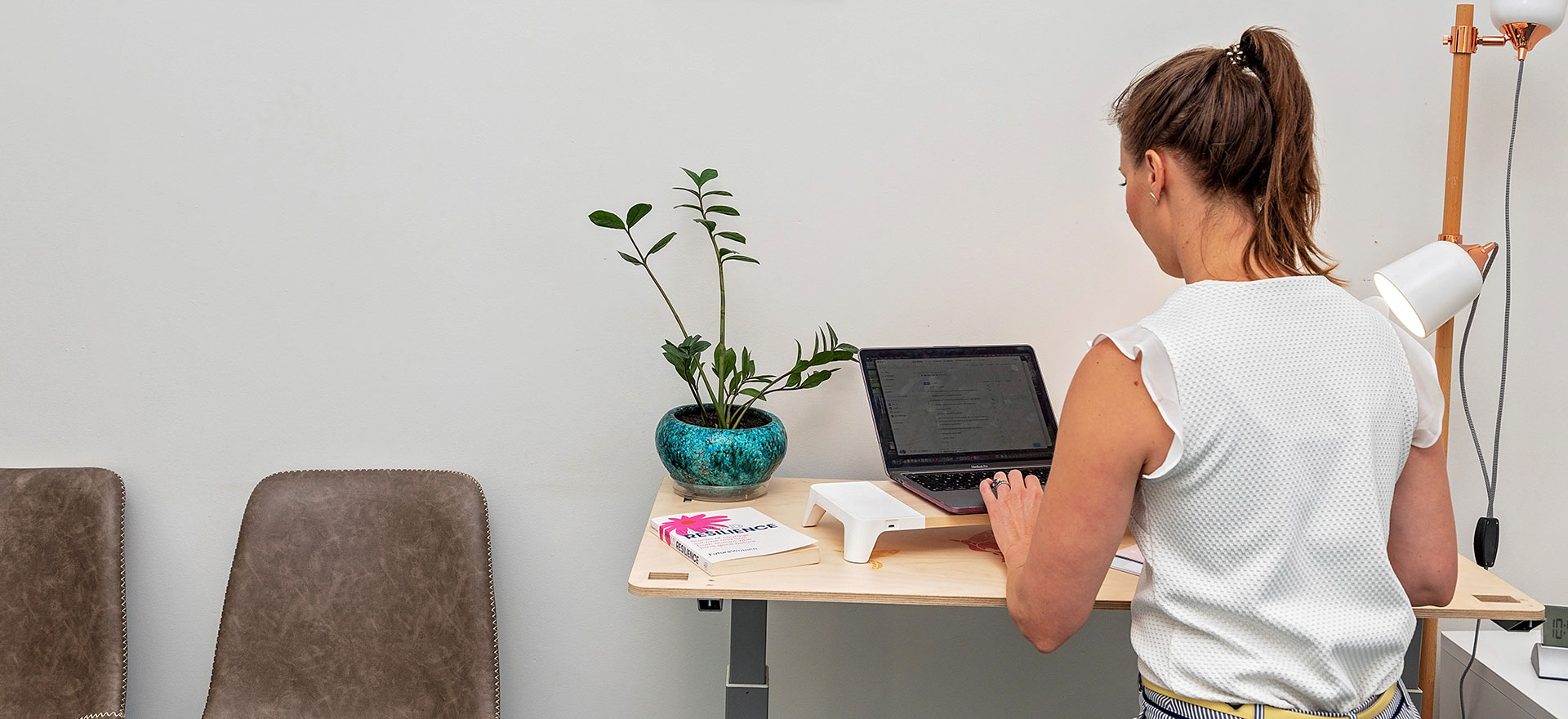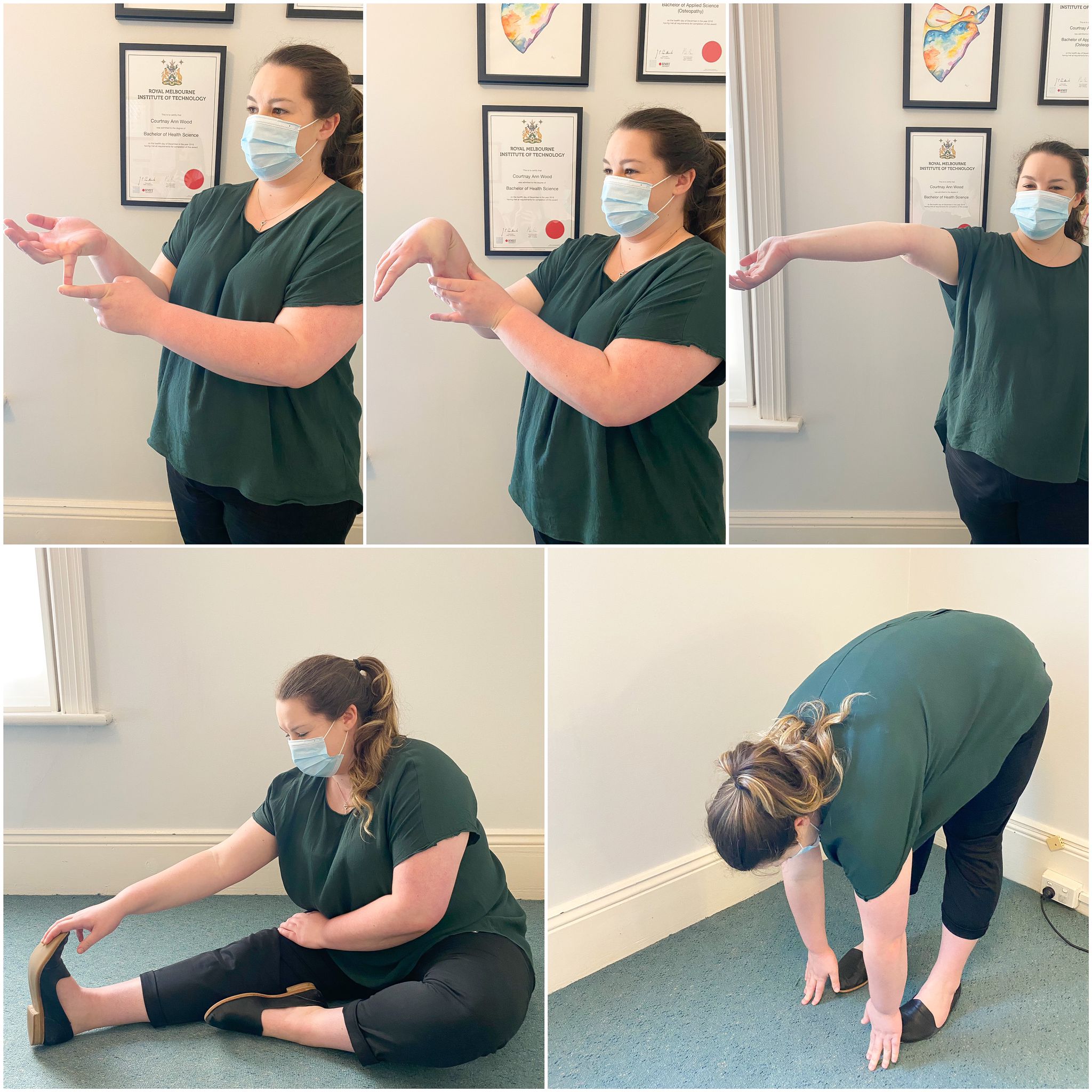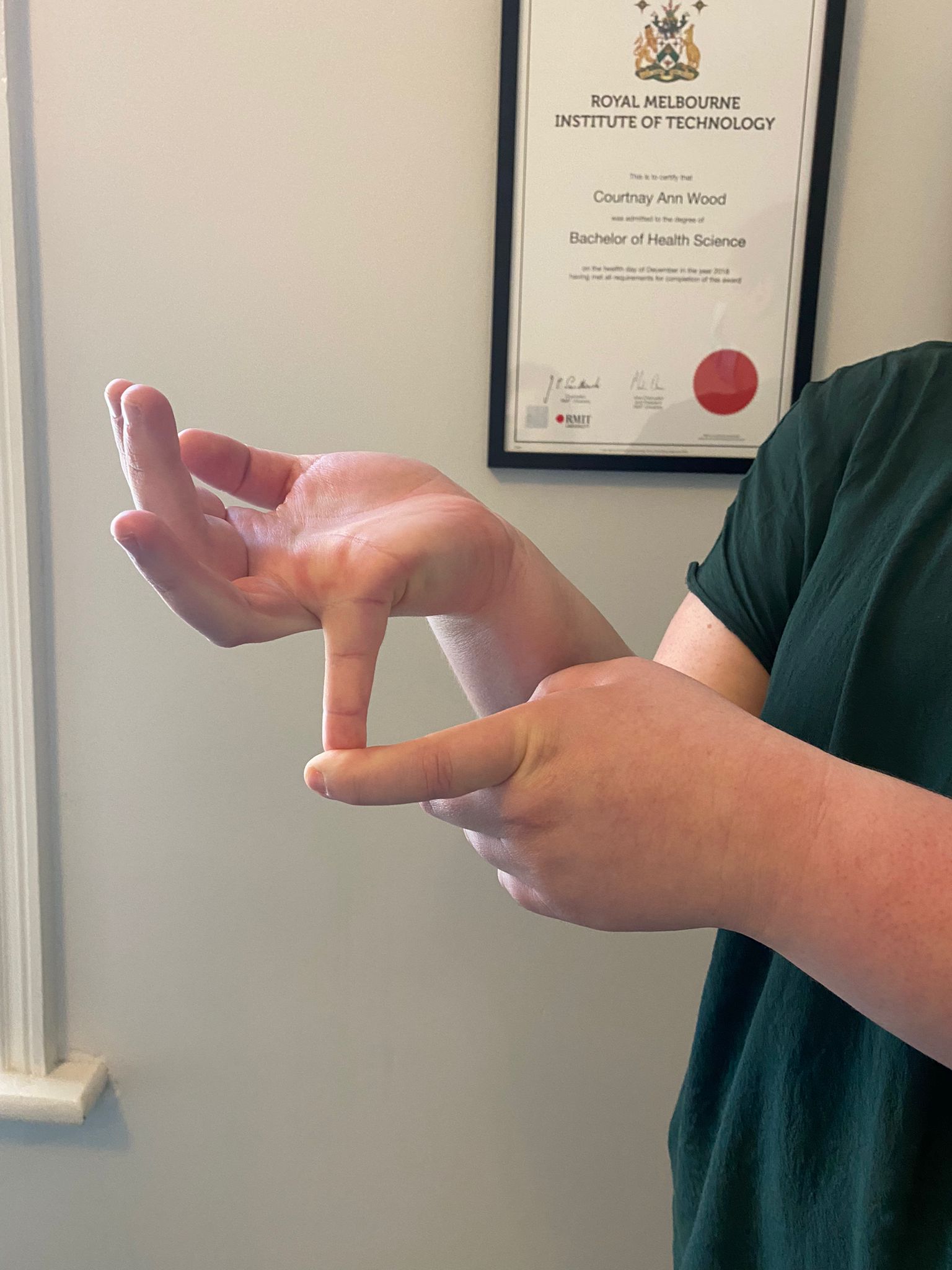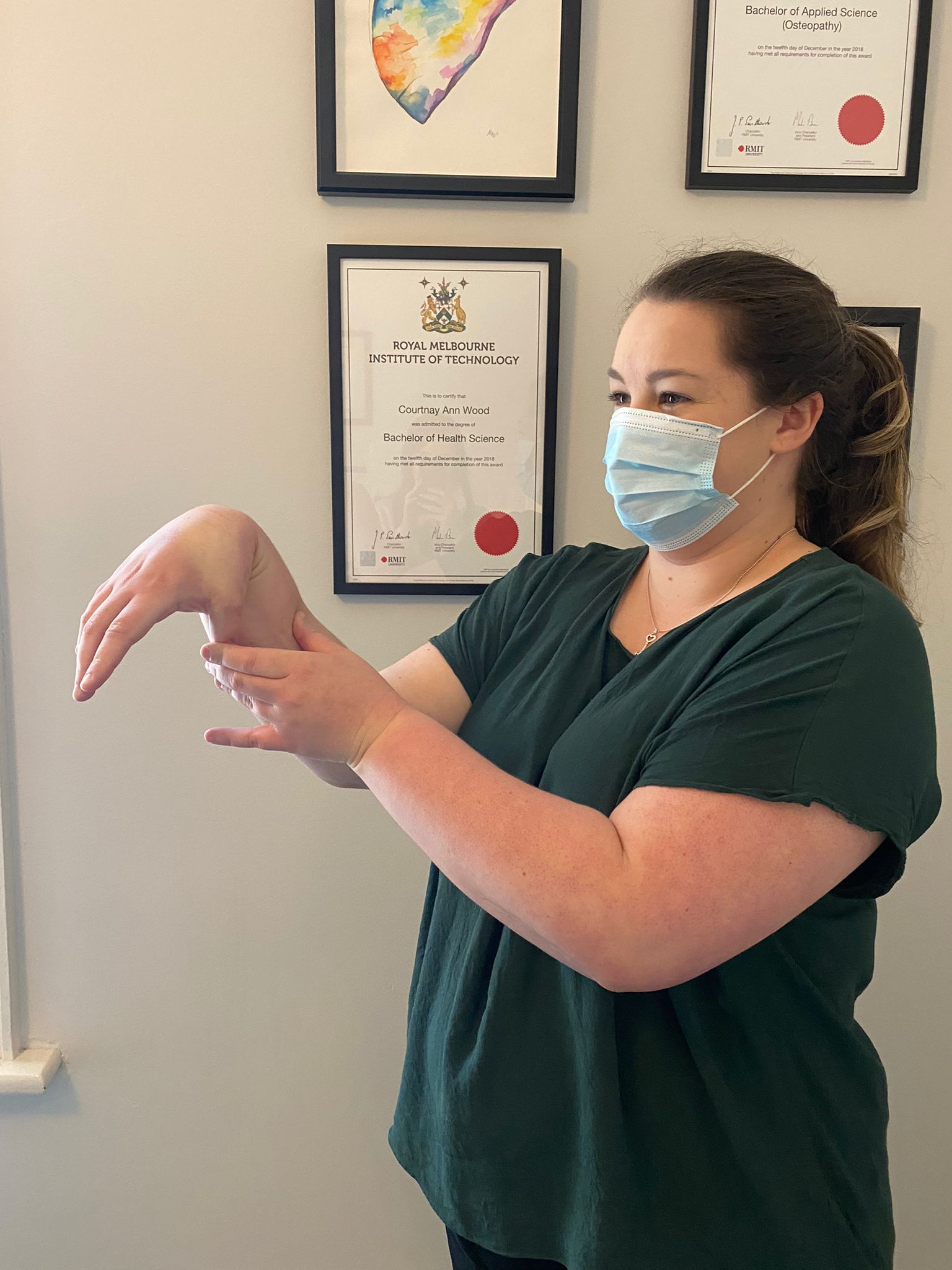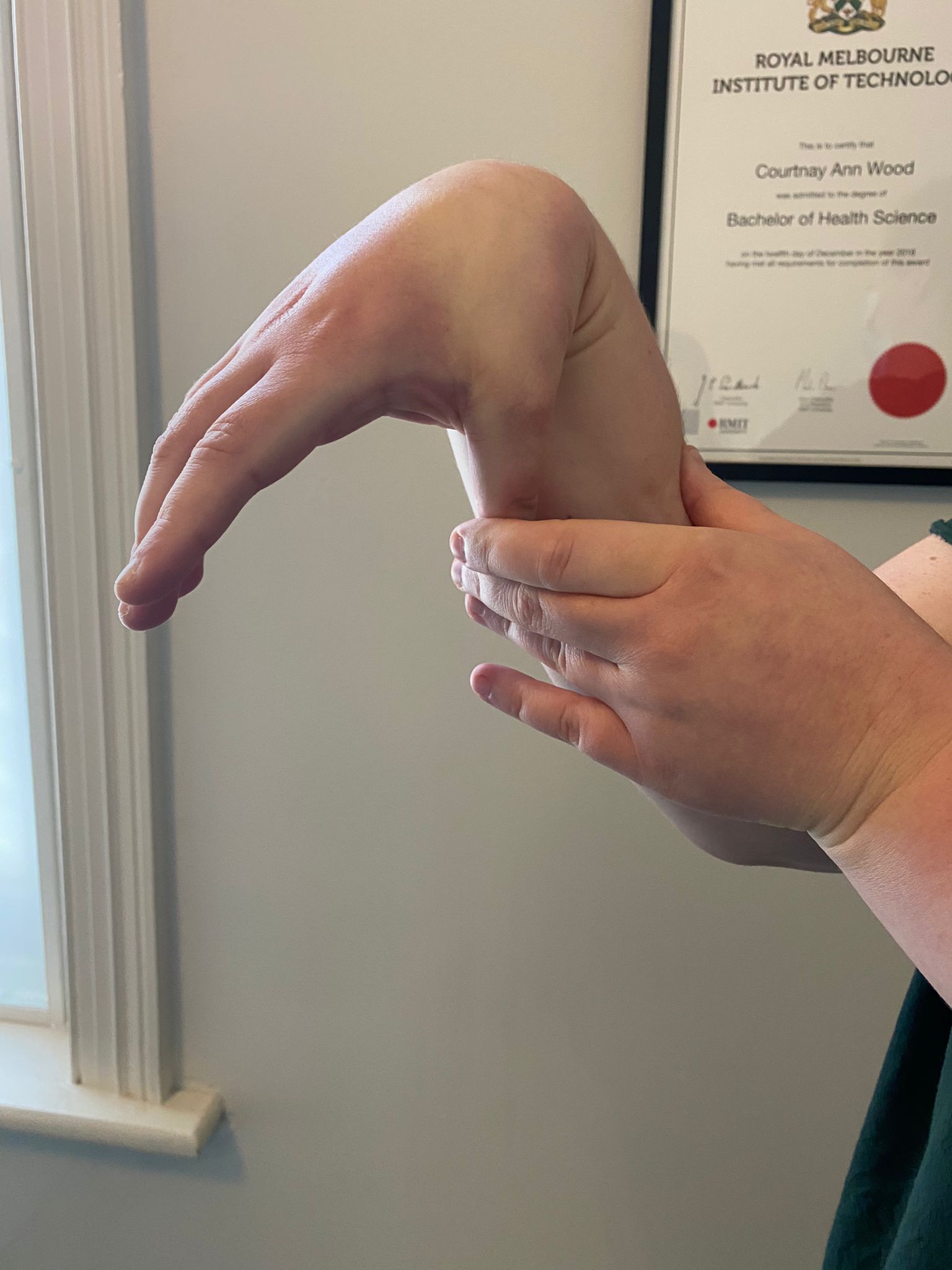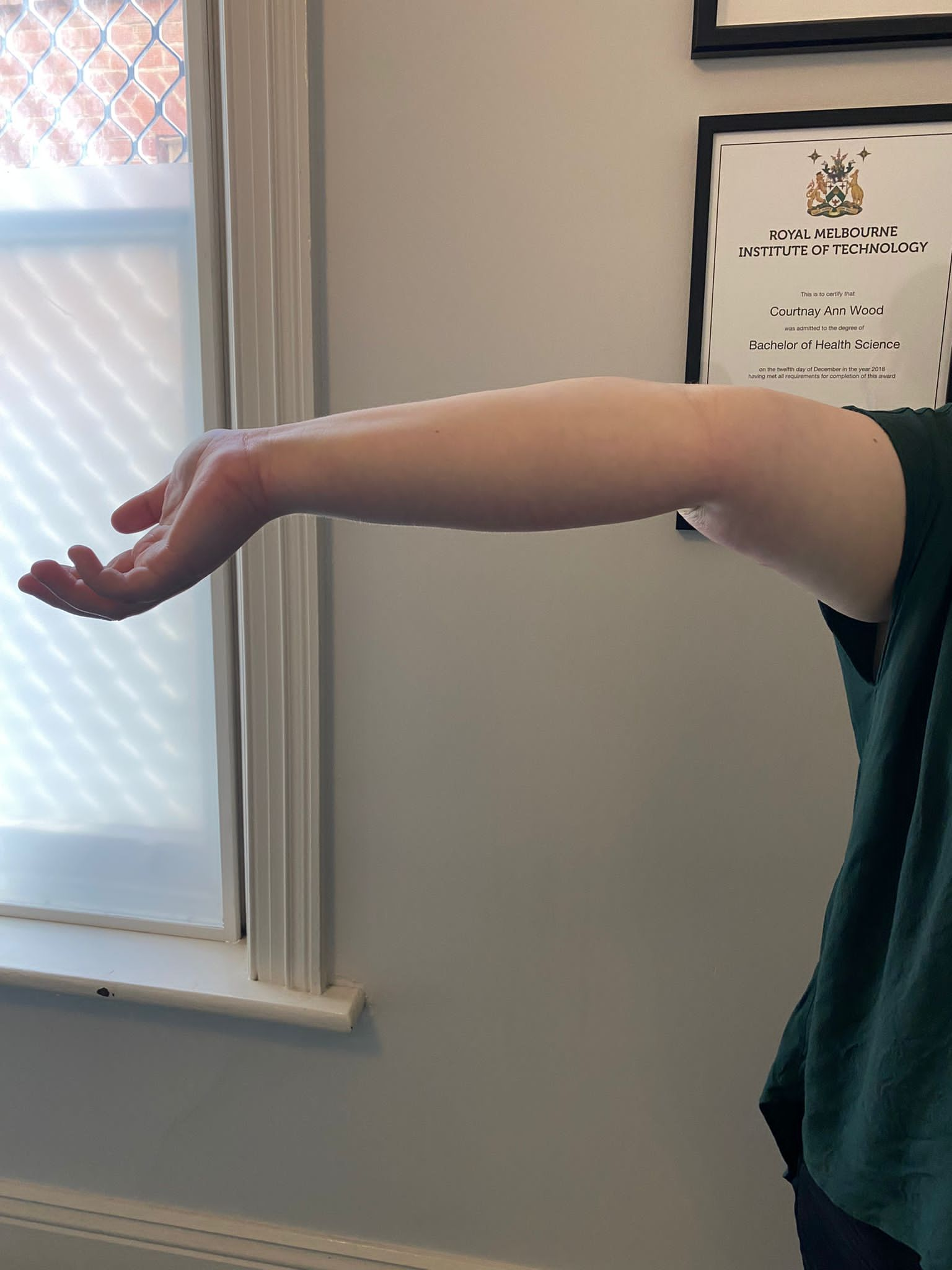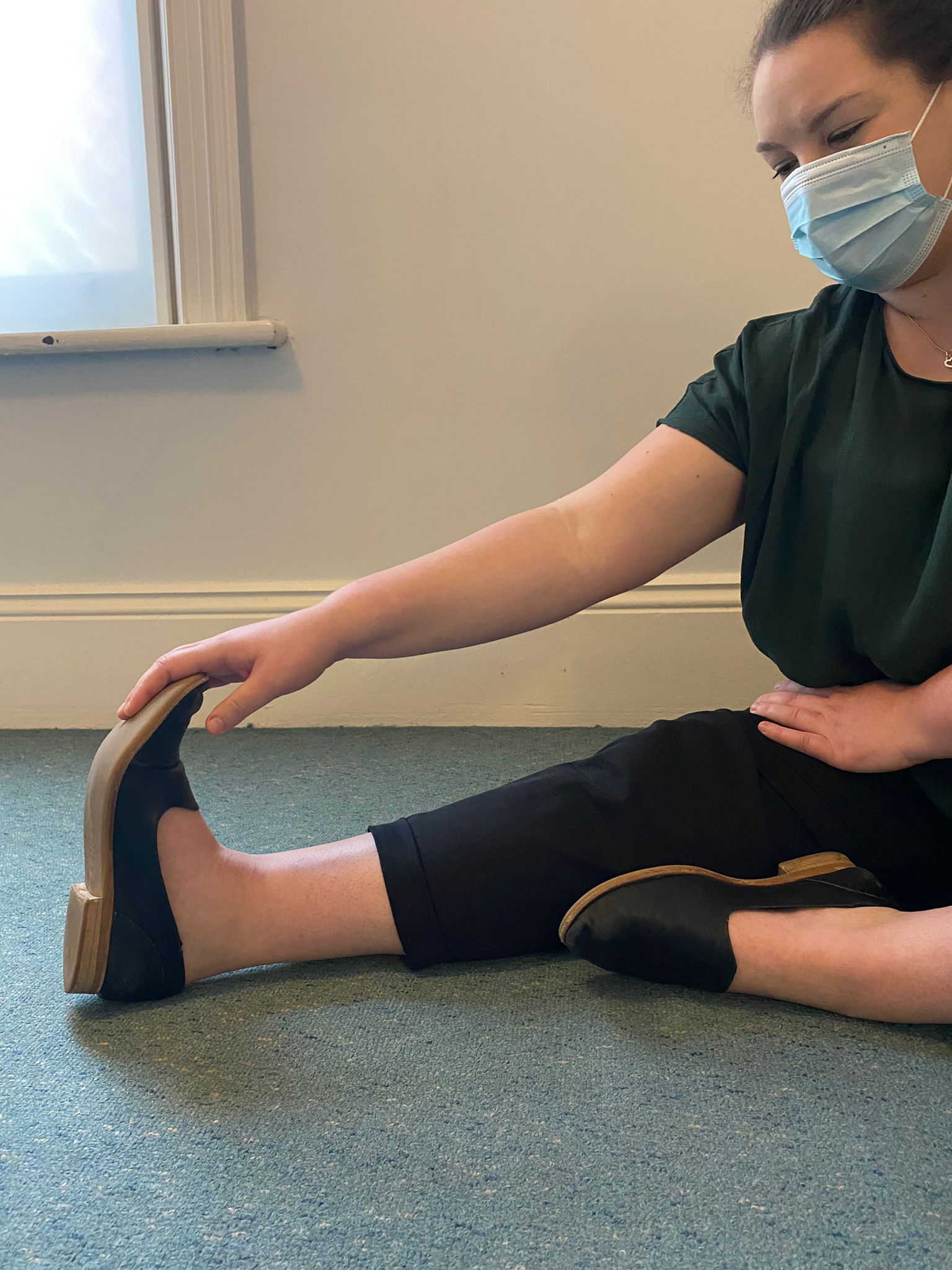What is Hypermobility?
The run-down on hypermobility by our Resilient Health Osteopath Dr Courtnay Wood!
Hypermobility can occur in any joint in the body. However, there are a few common ones to look out for when considering this condition: knees, elbows and hands. Hypermobility is the umbrella term used for joints that move beyond the normal anatomical and physiological barriers of movements, you may know this as “double jointed”.
Huh? What are anatomical and physiological barriers?
The anatomical barrier refers to the point where the movement of the joint has reached its full range when performed passively. That is when someone else moves your joint for you while your muscles are relaxed. The physiological barrier is the point where movement has reached its full range when performed actively; you activate your muscles to move your joint. People with joints that continue past these barriers at full range are classified as hypermobile. It is important for these people to strengthen the surrounding muscles and manage their hypermobility correctly as otherwise it can put their joints at risk of injury due to being overstretched.
So how do you know if you are hypermobile?
Here is a quick screen to assess the mobility of your joints.
The Beighton Score:
Is a nine (9) point scale to assess five (5) movements.
A score above four (4) indicates generalised hypermobility of joints.
Activities 1-4 are scored out of 2 (1 point for each side), and activity 5 is scored out of 1.
For each side you can successfully do this on, give yourself a score out of 1 and tally your total.
For example, in activity 1, patient X can move their pinkie finger beyond 90º on their left hand but not their right. Patient X therefore scores a 1 out of 2.
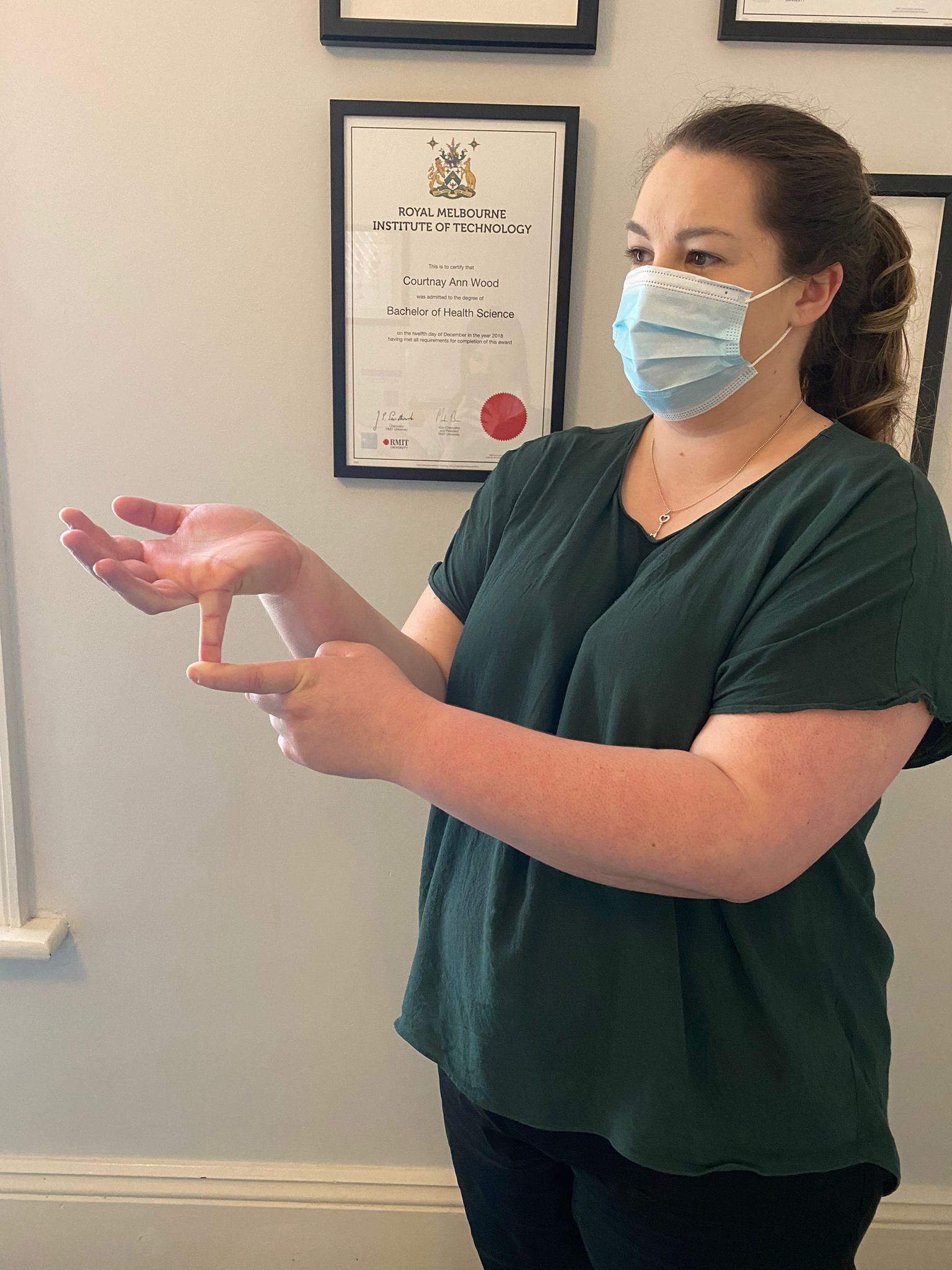
1. Passive dorsiflexion and hyperextension of the fifth metacarpal-phalangeal joint beyond 90º
a. Using your opposite hand, bend your pinkie finger backwards
b. Score yourself a point if you can bend your pinkie finger backwards beyond 90º
c. Repeat on the other hand
2. Passive apposition of the thumb to the flexor aspect of the forearm
a. Using your opposite hand, bend your thumb forward to touch the inside of your forearm
b. Score yourself a point if you can touch the inside of your forearm with your thumb
c. Repeat on the other hand
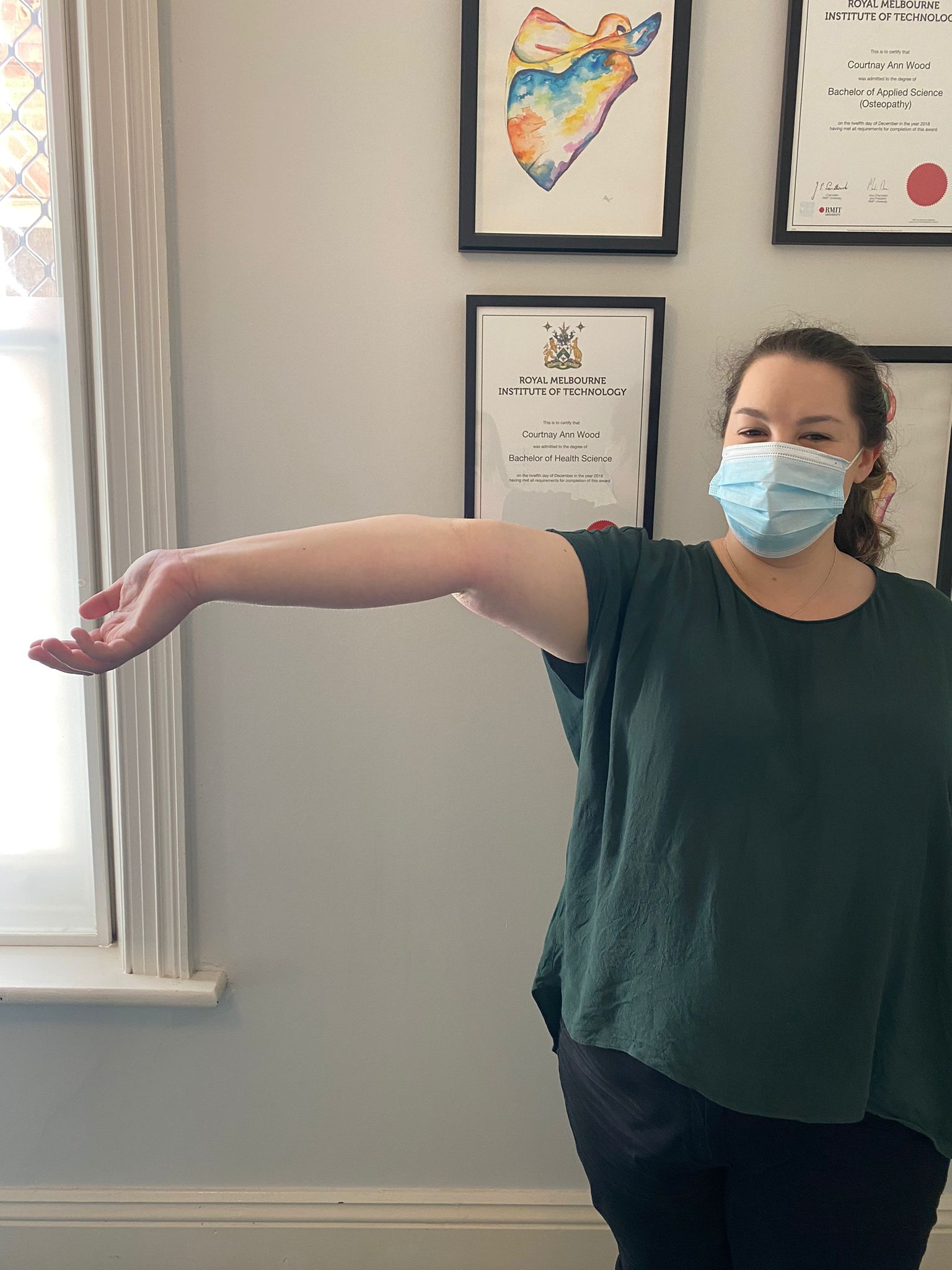
3. Passive hyperextension of the elbow beyond 10º
a. Using your opposite hand, straighten your elbow
b. Score yourself a point if you can straighten your elbow beyond 10º
c. Repeat on the other arm
4. Passive hyperextension of the knee beyond 10º
a. Sitting with your leg straight in front of you
b. Lean forward to grab your toes
c. Lift your foot off the ground, keeping the back of your knee firmly on the floor
d. Score yourself a point if you can straighten your knee beyond 10º
e. Repeat on the other leg
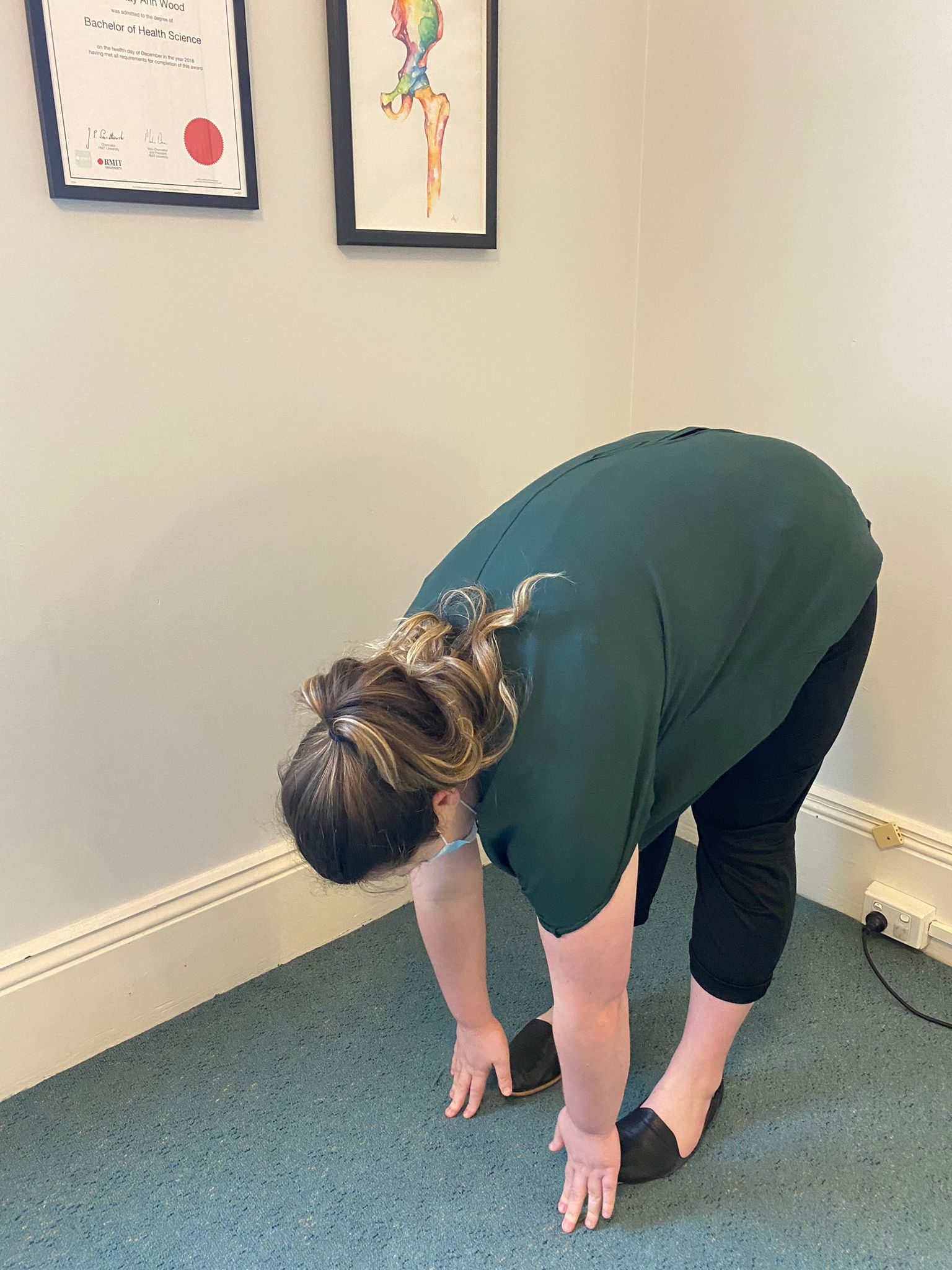
5. Active forward flexion of the trunk with the knees fully extended so that the palms are on the floor
a. Standing with knees straight and locked
b. Bend forward to touch the palms of your hands flat on the floor
c. Score yourself one (1) if you can flatten your palms to the floor
d. Note this is only scored out of 1
Now tally up your score, remember anything above 4 points is considered generally hypermobile.
See you in the clinic!
The Resilient Health Team
Reference: Keer R., Grahame R. Hypermobility Syndrome: Recognition and Management for Physiotherapists. Elsevier 2003
